Top 10 Cars We Wish Were Still For Sale

Some cars are just impossible to get over.
The ones we never forgot. The cars that seemed just right, but for one reason or another were discontinued without a worthy successor. Sure, there may have been perfectly good reasons from a business perspective to kill off these cars back in the day, but enough is enough; we want them back.
Below are the Top 10 cars we wish were still for sale, and the reasons why they should be revived.
BMW's Regular Cars with Manual Transmissions
For a long time, BMW was the enthusiast's choice when it came to luxury cars. Nearly everything the brand made had a sport package, manual transmission option, and well balanced chassis. Although the company still makes some great cars today, there's one thing missing - the manual.
Outside of a few M cars, drivers can no longer row their own gears in vehicles like the 340i or 228i. It's a shame more people didn't buy these as they were a blast to drive.
Buick Grand National
In the mid-1980s, Buick had one of the most exciting performance cars on the market – the Grand National. With a big turbocharged V6 engine unleashing ungodly amounts of torque upon the rear wheels, the Grand National was the modern interpretation of American muscle in the ’80s.
Since then, not much from Buick has got our blood pumping. For a brand in midst of a youthful reinvention, a new, stylish, high-powered, rear-drive coupe would do a lot for brand image even if it isn’t a huge seller.
Dodge Sport Compact
Although most equate Dodge with muscle cars and the Viper, the brand has had many impressive sport compacts in its history. Vehicles like the Omni GLH, Daytona Shelby Z, Daytona IROC R/T and Neon SRT-4 all set the standards for sport compact performance in their respective days.
Dodge should bring back a high-performance compact car to entice potential customers. The manufacturer needs to build up brand image with younger drivers by taking the battle to the likes of the Elantra N, GR Corolla and Civic Type R.
Honda Prelude
The Honda Prelude was a bit of an enigma during the 1980s and 1990s, and that’s what made it so cool. A front-wheel-drive coupe, the Prelude could hold its own with plenty of traditional sports cars. When it was discontinued, the Accord Coupe was said to be its replacement, but that car was never more than a two-door sedan as opposed to a dedicated performance coupe.
Has the world moved on from purpose-built high-performance front-wheel-drive coupes? Probably. But it would still be cool to see a modern Prelude built on the Civic Type R’s drivetrain. Honda recently showed off a concept of a such a vehicle, so here's hoping.
Lincoln Mark
Lincoln is a manufacturer that once oozed styled, but it has been a long, long time since that was the case. The current lineup of SUVs aren't bad looking, but they don't set the world on fire like Lincolns of the past.
Maybe now is time for Lincoln to resurrect the fabled Mark nameplate and make a Mark IX – a full-size, rear-wheel-drive luxury coupe. If done right, it could really bolster the brand’s image.
Mazda RX
This is an obvious one. Lovers of the rotary engine have been longing for another new car powered by a couple of spinning Dorito chips for some time now. Of course, Mazda is the king of the rotary, and the RX series was the pinnacle of the obscure engine.
With Mazda’s focus on fun-to-drive vehicles, a modern RX-7 would fit nicely with the Miata and Miata RF. Please make it so, Mazda.
Minivans That are Mini
Minivans used to be just that, mini. They were van-like vehicles built on smaller car platforms. They offered 7 or 8 passenger seating in the footprint of a mid-size car. Every manufacturer made one, and the were a hit. But times changed, minivans fell out of favor, and the few that still survive are ginormous.
Minivans today are a foot or two longer than the vehicles that made the class popular. We wish there was a smaller choice that still includes sliding doors. Mazda had one for a while, the Mazda5, but its stying was a bit polarizing. The Ford Transit Connect Wagon is the right size, but it's more of a converted cargo van than dedicated passenger vehicle.
Nissan 200SX
Not to be confused with the 180SX and 240SX, the 200SX was a front-wheel-drive sport compact offered by Nissan in the 1990s. A no frills, fun-to-drive small coupe, the 200SX was loved by enthusiasts on a budget for its driving dynamics and low curb weight.
Nissan’s current small car offerings are tepid, to say the least, and a performance variant could really add a shot of excitement to the lineup. Maybe drop the brand's 2.0-liter turbocharged engine into the Kicks or Versa, and create a SE-R version? Heck, even in the Sentra, that engine would be an entertaining option.
Subcompact Hatchbacks
Where have all the fun subcompact hatchbacks gone? Heck, where have all the subcompact hatchbacks in general gone? It used to be possible to buy a cheap, cheerful little runabout that was quite entertaining to drive due to its low weight and small wheelbase.
But the days of the Mazda2, Honda Fit, and Ford Fiesta are long gone. The world is SUV crazy and cars are the unfortunate collateral.
Toyota MR2
In the mid-1980s, there were two affordable, mid-engine commuter cars on the market. We want those days to return. The Toyota MR2 was arguably the better executed of the mid-engine coupes and since Pontiac no longer exists, the Toyota is the only model that even has a remote chance of resurfacing.
A basic, fun-to-drive small mid-engine car like the original MR2 is all we’re asking for. So what if the Toyota GR 86 already exists – we want more! Plus, what car company is interested in making money anyway? Right? Right?
Updates:
January 22, 2024 - Removed Acura Integra, Proper Compact Pickup, . Updated layout. Updated Buick Grand National, Dodge Sport Compact, Honda Prelude, Lincoln Mark, Nissan 200SX text. Added Subcompact Hatchbacks, BMW regular cars with manual transmissions, and Minivans That are Mini.

A 20+ year industry veteran, Mike rejoins the AutoGuide team as the Managing Editor. He started his career at a young age working at dealerships, car rentals, and used car advertisers. He then found his true passion, automotive writing. After contributing to multiple websites for several years, he spent the next six years working at the head office of an automotive OEM, before returning back to the field he loves. He is a member of the Automobile Journalists Association of Canada (AJAC), and Midwest Automotive Media Association (MAMA). He's the recipient of a feature writing of the year award and multiple video of the year awards.
More by Mike Schlee



























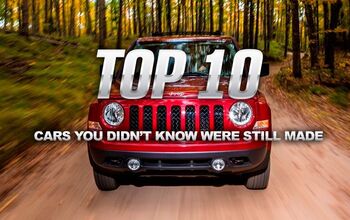
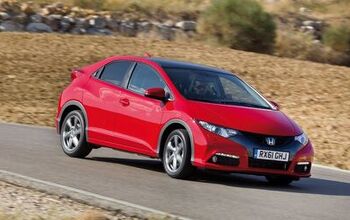




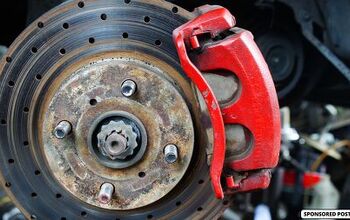
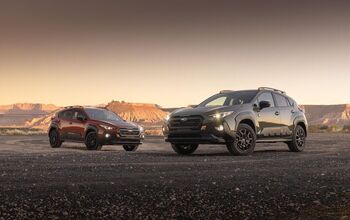
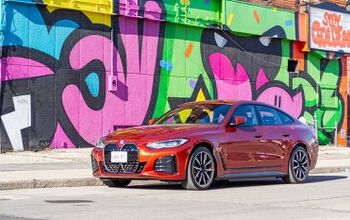
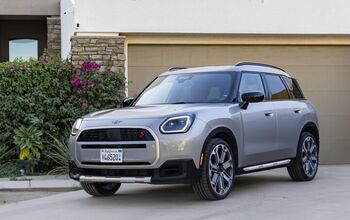


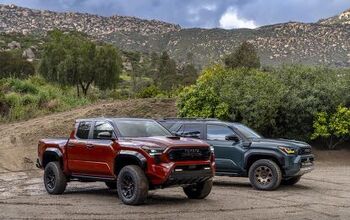


Comments
Join the conversation
A couple years ago, I was lucky enough to find a 1995 MR2 Turbo with low miles in excellent condition. One of only ~395 originally produced for the U.S. market 21 years ago. It was tastefully modified to produce 276hp measured at the rear wheels. It is an absolute blast to drive. Lucky me. :)
+1 for the Dodge SRT4! Shame on FCA for not thinking ahead by developing a new performance minded turbo 4 cylinder for the Dart. Shame on them for not redesigning the Neon after its 5 yr run in its 2nd generation. Dodge left the compact market after 05 and came back in 13 with the Dart. And no, the Caliber doesnt count. It was a half assed, hideous filler vehicle. Dodge spear headed the affordable, modern scc with Neon SRT4. It was the best value. They exceeded sales expectations by a ton and decided to abandon the segment....The Dart has so much potential. I feel like had Dodge stayed the course after 05, theyd be in a better place now in the compact segment. You cant leave a segment for several yrs then decide to come back and see success. Dodge didnt give buyers a legit Neon alternative after 05! Hyundai was able to fill that void with their Elantra (those things are everywhere). Ofcourse, the Civic, Carolla, Sentra, Mazda3 and Focus never left the market (Chevy moved from the Cobalt to the Cruz, but never abandoned the segment.